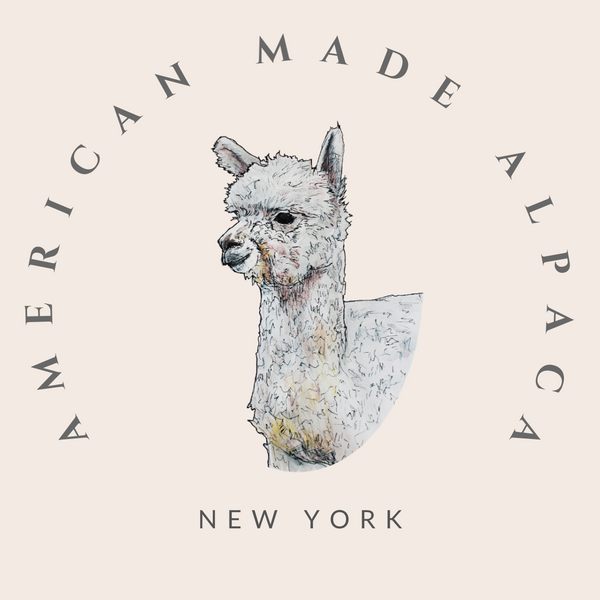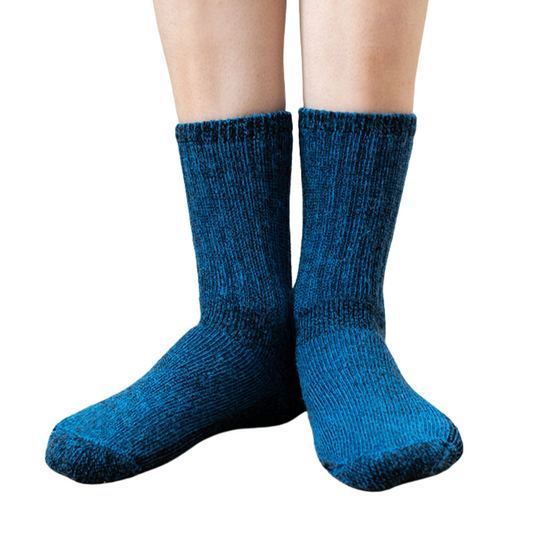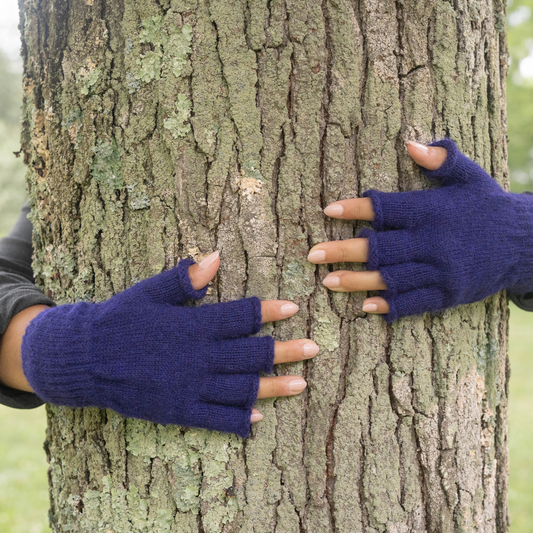Most people think warm socks equal thick socks, but that logic doesn’t always hold up. Wool socks keep you warm but often get too hot indoors. Cotton socks breathe but leave your toes freezing outside. The real problem is that most socks can’t adjust to changing temperatures. That leaves you sweating in one moment and shivering the next.
If you’ve ever worked outside in winter, you know the frustration. You start warm, then sweat builds up in your cotton socks. Once you stop moving, the damp fabric chills your feet until they feel like ice. Synthetic socks wick sweat better but tend to overheat in active wear, leaving your feet clammy.
Alpaca socks are different. Their hollow fibers act like built-in thermostats. Tiny air pockets trap heat when it’s cold, but the fibers also breathe, releasing excess warmth when conditions change. That means alpaca socks insulate without overheating, keeping your feet at a steady, comfortable temperature across environments.
This balance makes them versatile. Farmers can wear them from frosty mornings to hot afternoons. Hikers find them perfect for trails that start cold and end warm. Even indoors, alpaca socks work well because they keep you cozy without smothering your feet.
And comfort doesn’t stop at temperature. Alpaca fibers are soft, itch-free, and naturally moisture-wicking. They keep feet dry, cushioned, and stink-free—something wool can’t always deliver.
So if you’re tired of socks that leave you shivering or sweating, alpaca socks are the solution. They’re practical, comfortable, and versatile enough for work, play, and relaxation.





